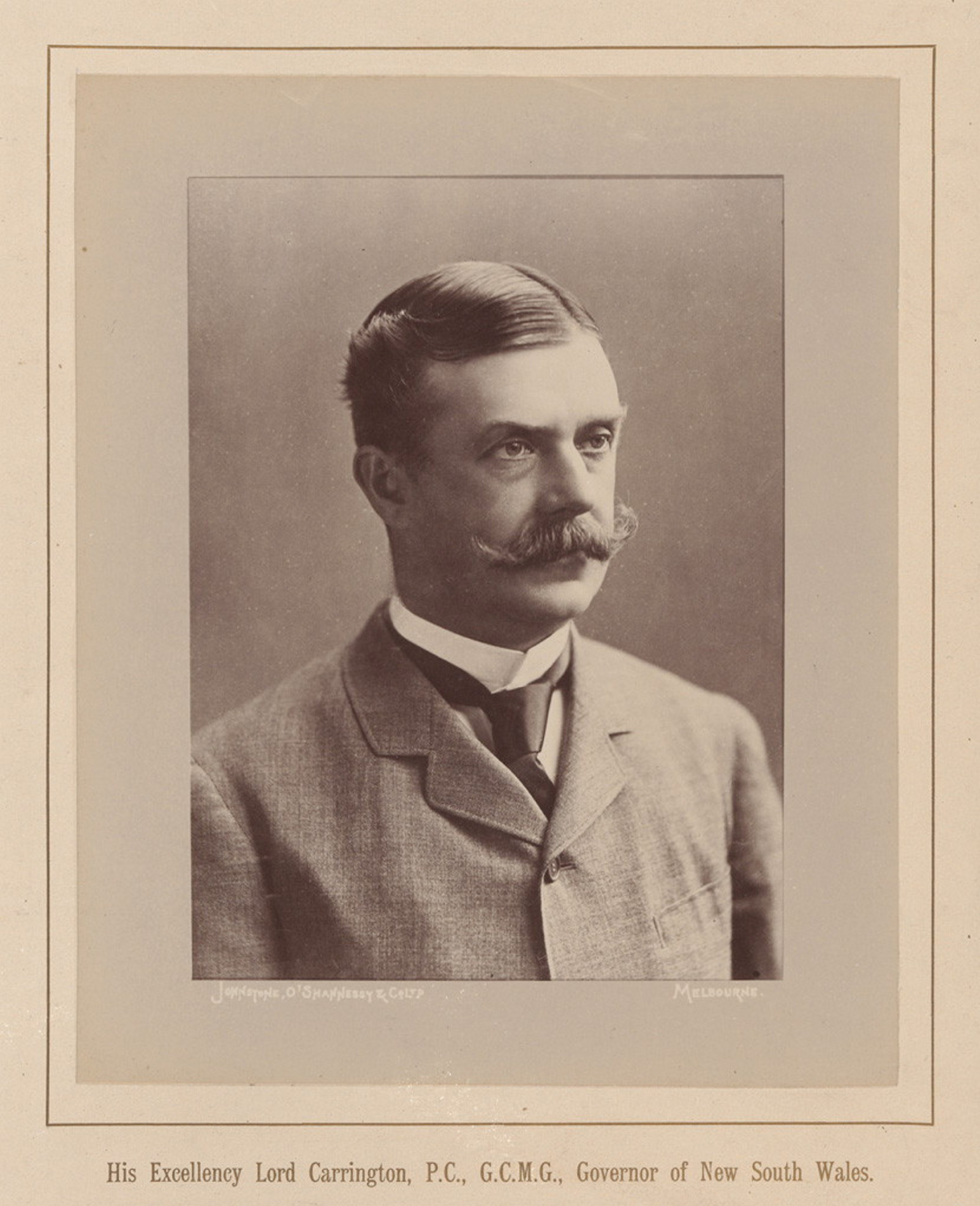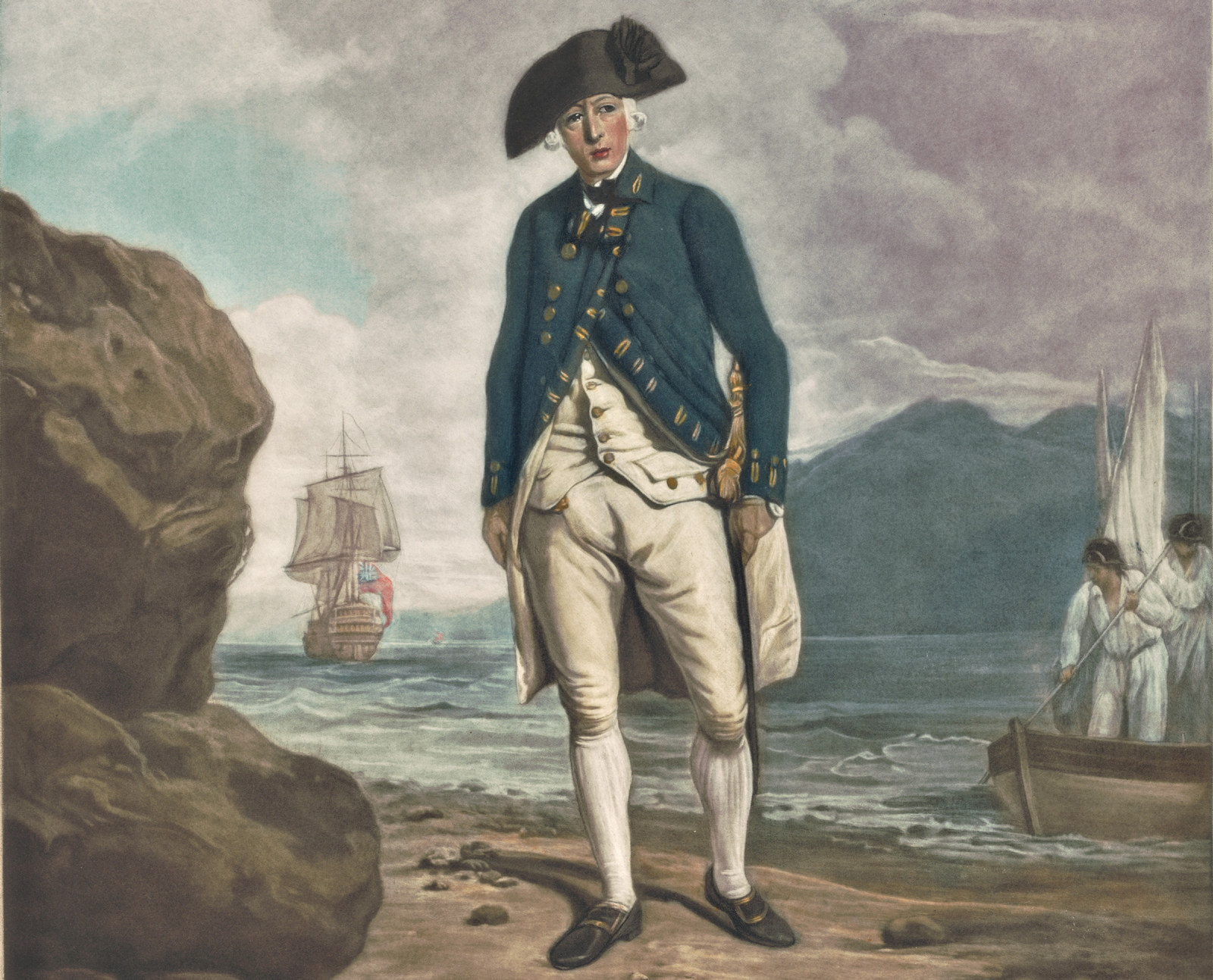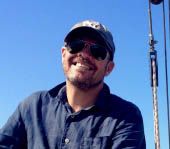Throsby Park: a comfortable residence
Throsby Park, a colonial homestead and farming estate near Moss Vale, about 140 km south of Sydney, was transferred to Museums of History NSW from the National Parks and Wildlife Service in 2010.
For the last few years this care-worn old property has been conserved, cleaned up and stabilised by MHNSW with the intention of releasing it back into the private market under a long term leasehold arrangement.
Having operated as an occasional house museum, since coming under government ownership in 1975, the costs of upkeep and threats to its heritage value were steadily growing. Continuing as a house museum, therefore, was no longer a sustainable option. Under the new lease arrangements, the future occupants of Throsby Park will undertake the maintenance and conservation works while continuing to provide public access to the property through periodic open days and managed visits.
A brief history
Dr Charles Throsby (1771-1828) was the first of his family to come to New South Wales. Born at Glenfield near Leicester he was a son of John Throsby, historian and antiquarian. Charles Throsby joined the navy as a surgeon and served on the armed transports Coromandel and Calcutta in the French Revolutionary Wars. In 1802 he took the transport Coromandel to New South Wales. Presumably he intended to settle in Australia because he was accompanied by his wife Jane, formerly the widowed Mrs Barber.
Governor King appointed Throsby as the surgeon of the Coal River (Newcastle) penal colony. When the Coal River commandant, Lieutenant Draffin, had to resign because of illness Throsby took over the management of the settlement. He found this a very fatiguing duty. In 1809 he was allowed to retire and was granted land near Liverpool where he built his house, Glenfield.
Throsby showed a great interest in the country of his adoption and soon commenced explorations to the south. On various expeditions he was accompanied by such men as Surveyor Meehan and the young Hume brothers who lived nearby at Appin. Throsby’s journals and letters show that he was always assisted by the local Aboriginal people with whom he became very friendly. He learned to converse with them and was their champion in frequent disputes with other settlers. On one of his expeditions he found his way down from the tableland to the coast by the Meryla Pass which is now part of Morton National Park.
As a result of Throsby’s reports, in 1819 Governor Macquarie decided that the southern tableland should be opened for settlement. He gave Throsby the charge of building a road from Picton (then named Stonequarry) to the Wingecarribee River, where it turned west and crossed the Wollondilly River to the Cookbundoon Range, ending near the present TarIo. For this work Throsby received the grant of land which the Governor named Throsby Park, later added to by both grant and purchase.
Throsby had no children and in 1820 his nephew, another Charles Throsby, came out to join his uncle, ultimately taking over the management of Throsby Park. From 1823 the family lived in a weatherboard cottage that was built to the north-west of the current main house. The cottage still exists, although its original elements are hidden within subsequent additions.
In 1824 Charles Throsby Jnr. married Elizabeth, a daughter of Commissary Broughton, at St Luke’s Church, Liverpool. Aged 18, Elizabeth was already something of a legend in the colony. In 1809, as a small child, she and her mother were passengers on the ship Boyd when the captain called at the Bay of Islands in New Zealand to take on a cargo of timber. In retaliation for treatment received by natives on board another ship, the vessel was attacked by a Maori tribe and burned. All of those on board the ship were killed with the exception of one woman and three children, one of whom was Elizabeth. Some three weeks later Alexander Berry, a friend of Elizabeth’s father, having heard of the disaster, arrived at the Bay, where he succeeded in rescuing the survivors. Being on his way to Europe through the Atlantic, he left Elizabeth with a Spanish family in Lima and arranged for her to be sent home to New South Wales.
Strange as her story may seem, it has an equally improbable sequel. In the 1950s a New Zealand art dealer and collector, Rex nan Kivell, noticed a portrait of a young girl, dressed in early 19th century costume, in a second-hand shop in England. He bought it and when the painting was removed from its frame a letter was found inside: ’Elizabeth Isabella Broughton, the subject of this portrait is the daughter of William Brougton Esq’. Then followed an account of her adventures until her homecoming ’about the latter end of 1812, to the great joy of her disconsolate father who most respectfully inscribed this portrait to Don Gaspardo Rico ... as a tribute of respect and grateful remembrance ...’.
On the death of Dr Charles Throsby in 1828 Charles Jnr. inherited his uncle’s estates. The doctor, who had been one of the first settlers to experiment with pasture improvement, was noted for breeding good beef cattle and his nephew continued in this tradition, breeding sheep and horses as well. Along with Throsby Park he had stations on the Monaro and one in the Hunter River district. Alexander Berry visited Throsby Park with his wife in 1839 where he found Elizabeth surrounded by a large family of children. ’I may be almost considered as the constructive grandfather of the little imps’ wrote Berry. He described Throsby Park house, which had been commenced in 1834 and completed in 1837, as a ’large and comfortable residence’.
Charles Throsby Jr was successful in weathering the depression of the 1840s, when so many other settlers went bankrupt, by converting the property’s flour mill into a boiling down works. Here he slaughtered animals to be rendered down for tallow for export exported, selling the meat products locally. When the crisis passed, the mill resumed its proper function.
Comings and goings
The Throsbys were less fortunate with their large family, Elizabeth having given birth to nine sons and eight daughters. In 1848 John, the oldest son who managed all his father's affairs, was killed when his horse fell not far from the house, and a few days later another son, William, died from scarlet fever. Evelyn John, born in 1850, did not survive infancy. In 1854 Charles Throsby Jr died, making Elizabeth a widow at 47. Following Charles death the eldest remaining son - yet another Charles - inherited the Glenfield property but died in 1859 and Throsby Park was run by James until 1860 when he also died after being gored by a bull.
By 1866 only twelve of the seventeen children survived and all the girls were married except the youngest, Ada. Oliver, the next in line of succession, was not married, but his younger brothers were, and had their own homes. This reduction in her family probably contributed to Elizabeth's decision to return to live in the cottage in which she had begun her married life and lease the Park. The first of a number of tenants was the Earl of Belmore, Governor of New South Wales, whose residence in the district caused it to become a popular holiday area, particularly following the arrival in Moss Vale of the railway from Sydney in 1868.
Following Elizabeth Throsby’s death in January 1891, Patrick Hill Throsby, one of her sons, and his family moved from ‘The Briars’ to Throsby Park. He had ten children, two sons and eight daughters, by his first marriage to Elizabeth Anne Hopkins who died in 1882. His second marriage to his sister-in-law Harriet Pritchett Hopkins produced another son and daughter. Patrick Hill Throsby died in 1894, leaving the house to his eldest son Francis Henry Throsby on his attaining the age of 21 years.
Francis Henry (Frank) Throsby married Jane (Jeanie) Osborne in 1896 and their eight children were born at Throsby Park from 1897 to 1910. Frank and Jeanie would live at Throsby Park until 1938, when they vacated the house for their eldest son, Francis Henry Osborne Throsby. During Frank and Jeanie’s ownership a flower garden of some distinction was established with the present fountain, purchased from the Goulburn Showground, installed in the 1920s.
The property was run as a mixed farm with cattle, pigs and crops. Frank followed in his father's tradition as a successful horse breeder, particularly of sulky horses. The Bong Bong Picnic Race Club was formed in 1886 and for some years held its meetings on the Throsby Estate. The Wood Coffill funeral hearse horses were also spelled for six months at a time at Throsby Park.
In 1915 Frank and Jeanie lent ‘The Mill’ to the Red Cross for use as a convalescent home during WWI, Jeanie serving as Honorary Treasurer of the Moss Vale Branch of the Red Cross from 1914 to 1923.
Francis Henry Osborne Throsby married Joan Hester Robinson in 1925. In 1938, following the transfer of the property from Frank and Jeanie, Francis Henry Osbourne and Joan and their three daughters moved from ‘The Mill’, where they had been running a guest house, into Throsby Park. The guest house operations were transferred to Throsby Park when they moved.
Horses and ponies
During WWII Throsby Park was home for a number of families whose men were either at the war or working in Sydney.
A riding school commenced around 1934 with guests from the house being taken on rides. The property later became a children’s riding school and guest house where up to 35 children were in residence during school holidays. Riding lessons continued during the school terms with students mainly from local schools including SCEGGS, Tudor House and the Dominican Convent.
Many famous people learnt to ride at Throsby Park as children and it became a mecca for all those interested in horsemanship. Francis Henry Osbourne and his daughters bred and exhibited top horses and ponies while Joan ran the guest house and school holiday residential riding school. When space for beds became a problem, the drawing and billiard rooms were used. Children loved the old home, returning each year and later bringing their own children to learn horsemanship at Throsby Park.
The property continued to be run as a mixed farm as well. Dairy farming was run on a large scale with a share farmer up until the 1970s. When Francis Henry Osbourne died in 1960, Joan and daughter Del remained living in the house and running the riding school. When Riding for the Disabled commenced in Australia, Del Throsby became chief instructor for NSW. Del started a branch at Throsby Park making the Riding School ponies available to the movement.
Well preserved
In 1962 Throsby Park was placed on the “A” classification list of Australian buildings by the National Trust. The house, a fine example of a Colonial Georgian homestead, is built of stone, quarried on the site, with internal dividing walls of brick. It is of one storey, with cellars beneath and attics in part of the roof. Wings, extending from the main block of the house form a courtyard which is enclosed by the separately built kitchen wing. The joinery throughout the house is cedar and includes fine six-panelled doors and panelled folding shutters to the windows of the main house. The fireplace surrounds are original, three of marble and the rest of stone.
The house has undergone little alteration however, in 1897 after the marriage of Frank Throsby, a bay window was added to the bedroom on the eastern side of the house. Beside this room there was originally a gated passageway into the courtyard. The gates were removed and a bathroom built in the space. In 1900 a large valley in the centre of the main roof became blocked after a violent snow and rain storm. Water overflowed, bringing down the plaster ceiling of the hall. An extra roof which can be seen above the line of the original roof was then added.
The National Parks and Wildlife Service purchased the property in 1975 when, due to Joan’s failing health and the large capital outlay, the Throsbys were forced to offer the property for sale. Under the terms of the sale, Del Throsby and her mother were granted a 20 year lease for the rear of the house and use of the estate. The lease term was later extended and Del Throsby continued to live in the house until she passed away in 2006, being then interred in the gravesite behind the stables.
Published on
More

On This Day
12 Dec 1885 - Lord Carrington appointed Governor of NSW
On 12 December 1885 Charles Robert Carrington, Lord Carington, began his tenure as Governor of New South Wales

Museum stories
A rum deal
When Lachlan Macquarie began his term as governor of NSW in 1810, Sydney was in desperate need of a new hospital

Ambition and adventure: the early life of Arthur Phillip
We looked back at the early life of Phillip, who had enjoyed an extraordinary career before he even set foot on a boat bound for Botany Bay.

Carrington albums – illuminated addresses
On 2nd January 2014 State Records NSW received 22 Presentation albums from the Centre for Buckinghamshire Studies in Aylesbury, Buckinghamshire, United Kingdom
